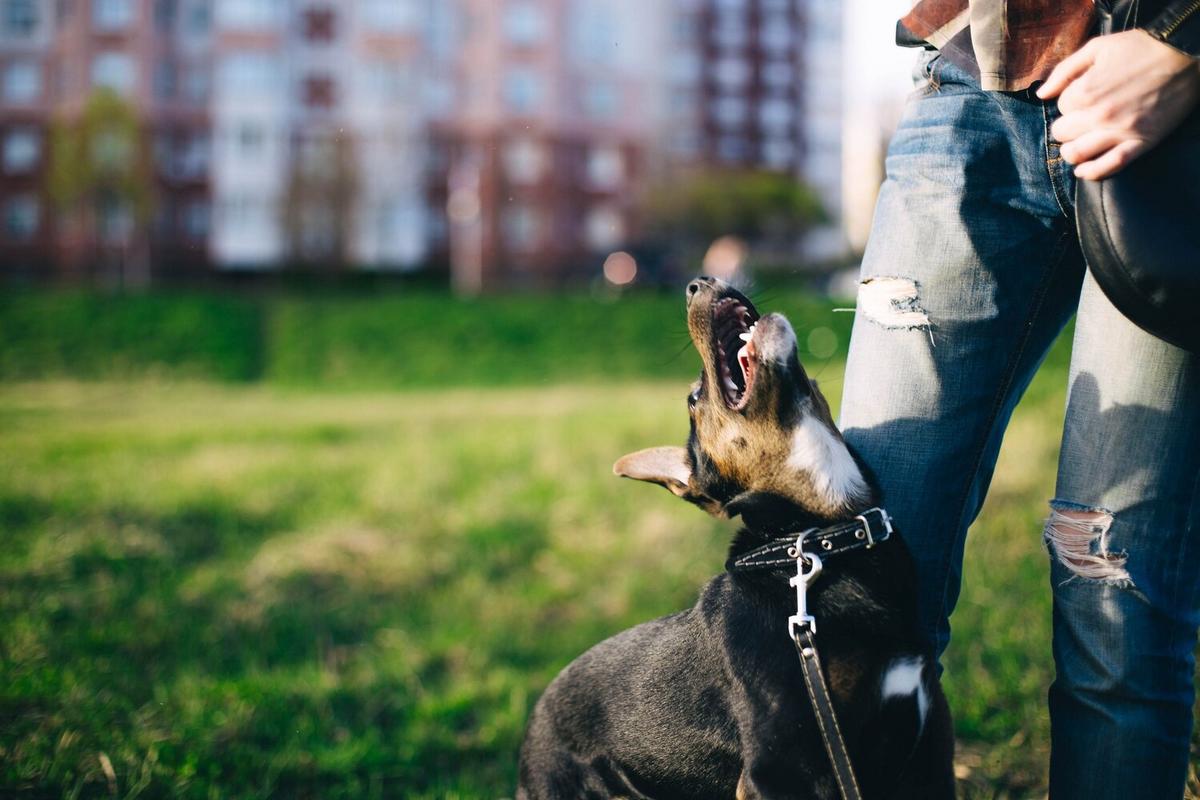Dogs barking can be a common issue for pet owners, often causing frustration and concerns about neighbor relations. Understanding the underlying reasons for barking and learning effective methods to address it can lead to a more peaceful environment for both you and your furry friend.
Understanding Why Dogs Bark
Before diving into solutions, it’s crucial to understand why dogs bark. Barking is a natural form of communication for dogs, and it can occur for various reasons. According to veterinarians, dogs might bark to alert owners of potential danger, express excitement, seek attention, or out of boredom. Identifying the cause of your dog’s barking is the first step in addressing it effectively.
Expert Opinions
Dr. Jennifer Coates, a well-regarded veterinarian, suggests, “Understanding the trigger for your dog’s barking is essential. Once you know why your dog is barking, you can address the root cause and not just the symptom.” This approach ensures that any solution you implement is tailored to your pet’s specific needs.
Relevant Statistics
Research indicates that nearly 30% of dog owners report excessive barking as a primary behavioral issue. This statistic highlights the widespread nature of the problem and the importance of effective intervention.
Personal Anecdotes
Take John, for example, who struggled with his dog Max’s incessant barking. By identifying that Max was barking out of boredom, John introduced more interactive toys and regular playtime into Max’s routine. Within weeks, the barking significantly decreased, and Max seemed happier and more content.
Actionable Tips to Stop Barking
1. Identify the Cause
Observe your dog’s behavior to determine the cause of the barking. Is it due to boredom, anxiety, or an external trigger?
2. Provide Adequate Exercise
Ensure your dog gets enough physical and mental stimulation. Daily walks, playtime, and interactive toys can help reduce boredom-related barking.
3. Training and Commands
Teach your dog commands like “quiet” or “enough.” Positive reinforcement, such as treats and praise, can be very effective. For detailed training techniques, check out American Kennel Club’s guide.
4. Avoid Reinforcing Barking
Do not reward your dog for barking. If your dog barks for attention, ensure you only give attention when they are quiet.
5. Use Distractions
Provide distractions like chew toys or treat-dispensing toys to keep your dog occupied.
6. Create a Calm Environment
Ensure your dog feels safe and secure. Calming aids, such as diffusers or calming collars, can also be helpful.
Comparison Table of Barking Solutions
| Solution | Effectiveness | Ease of Implementation | Cost |
|---|---|---|---|
| Exercise | High | Moderate | Low |
| Training Commands | High | Moderate | Low |
| Interactive Toys | Moderate | Easy | Moderate |
| Calming Aids | Moderate | Easy | Moderate |
| Distractions | High | Easy | Low |
| Avoid Reinforcement | High | Easy | Free |
| Professional Training | Very High | Hard | High |
| Environmental Changes | Moderate | Easy | Low |
Pro Tip
Consistency is key. Ensure everyone in the household follows the same training methods and rules to avoid confusing your dog.
FAQ
How long does it take to see improvements in my dog’s barking?
Improvements can vary based on the dog and the method used. Some dogs may show progress within a few weeks, while others may take a few months.
Is it ever too late to train an older dog to stop barking?
No, it’s never too late. Older dogs can learn new behaviors with patience and consistent training.
Should I consider professional help?
If your dog’s barking is severe or you are struggling to manage it, consulting a professional dog trainer or a veterinarian can be very beneficial.
Conclusion
Addressing your dog’s barking requires patience, understanding, and consistency. By identifying the root cause and implementing effective strategies, you can create a more harmonious environment for both you and your pet. Remember, every dog is different, so it may take some time to find the most effective solution. For more detailed guidance, you can visit ASPCA’s resource on dog barking. Take action today, and both you and your dog will enjoy a quieter, more peaceful home.




Leave a Reply